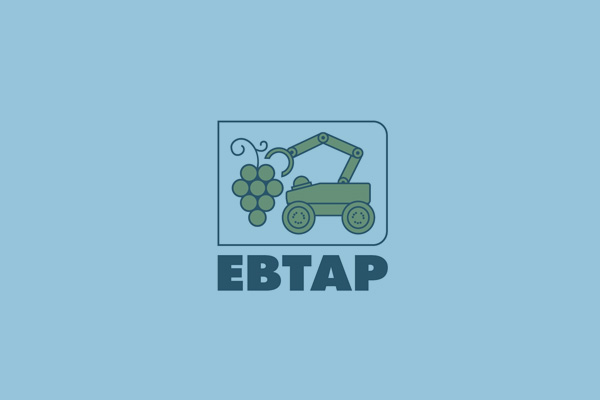Interactive social robots in special education – ICCE 2017, Berlin, Germany
A. Amanatiadis, V.G. Kaburlasos, Ch. Dardani, S.A. Chatzichristofis, “Interactive social robots in special education”, Proceedings of the 2017 IEEE 7th International Conference on Consumer Electronics – Berlin (ICCE-Berlin), Berlin, Germany, 3-6 September 2017, pp. 210-213.


 Greek
Greek









